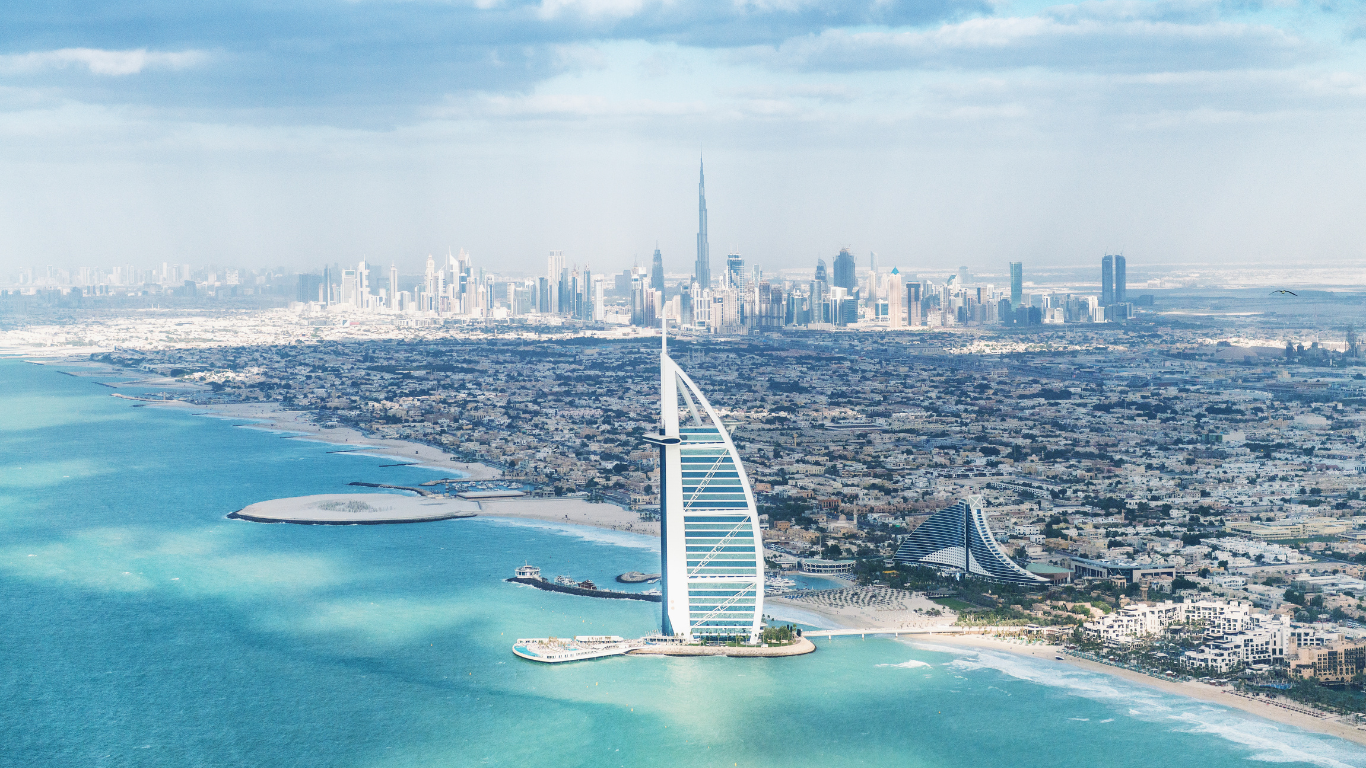
Sustainability has become a major focus in modern construction, and the UAE is leading the charge with innovative approaches, especially in Mechanical, Electrical, and Plumbing (MEP) projects. As the country moves toward its ambitious sustainability goals, such as those outlined in the UAE Vision 2030, the integration of sustainable practices within MEP systems is playing a key role. In this article, we will explore sustainability in MEP projects with a particular focus on UAE case studies.
The Role of MEP Systems in Sustainable Construction
MEP systems are critical in determining the efficiency, energy use, and environmental impact of a building. These systems encompass everything from air conditioning and electrical power to plumbing and fire protection. Given their influence on a building’s resource consumption, focusing on sustainable MEP design can lead to significant reductions in energy use, water consumption, and carbon emissions.
Key Sustainable MEP Strategies:
-
Energy Efficiency: Efficient HVAC (Heating, Ventilation, and Air Conditioning) systems, lighting, and electrical systems can drastically reduce energy consumption.
-
Water Conservation: Using low-flow plumbing fixtures, recycling wastewater, and implementing rainwater harvesting systems are key for reducing water use.
-
Renewable Energy Integration: Solar panels, wind energy systems, and other renewable energy sources are becoming more common in MEP designs.
-
Smart Building Systems: IoT-based monitoring systems allow real-time tracking of energy use, helping optimize performance and reduce waste.
Now, let’s dive into some of the notable UAE projects that have demonstrated sustainable MEP implementation.
Case Study 1: The Sustainable City, Dubai
One of the most iconic examples of sustainable living in the UAE, The Sustainable City, offers a practical example of integrating sustainable MEP systems. This award-winning development is a car-free zone, where residents enjoy a net-zero energy lifestyle.
Key MEP Features:
-
Solar-Powered Energy Systems: The MEP systems include rooftop solar panels, which provide the majority of the energy required for daily operations.
-
High-Efficiency HVAC Systems: The project uses advanced HVAC systems designed for minimal energy consumption and maximum comfort, with a strong emphasis on air quality and thermal insulation.
-
Water Recycling: Greywater recycling systems help reduce freshwater consumption by repurposing water for irrigation and other uses.
The combination of these elements reduces the overall carbon footprint and serves as a living model of sustainability in urban development.
Case Study 2: Masdar City, Abu Dhabi
Masdar City is a landmark urban development that prioritizes sustainability and low-carbon living. Built with the intention of being one of the world’s most sustainable urban communities, Masdar’s MEP systems showcase cutting-edge technologies.
Key MEP Features:
-
Zero-Waste, Low-Energy Infrastructure: The city’s infrastructure is designed to reduce energy consumption through sustainable MEP systems. Buildings are equipped with energy-efficient HVAC and lighting systems, powered in large part by renewable energy sources like solar power.
-
Passive Design for Climate Control: Instead of relying heavily on air conditioning, the design of the buildings promotes natural ventilation, reducing the load on mechanical cooling systems.
-
Smart Grid Systems: Integrated into the MEP design is a smart grid that helps balance energy demands in real-time, optimizing the energy use across the city.
By integrating these advanced systems, Masdar City demonstrates how sustainable MEP design can contribute to a city’s goal of achieving a carbon-neutral footprint.
Case Study 3: Dubai Expo 2020 Pavilions
The Dubai Expo 2020 was a showcase of innovation and sustainability, and its various pavilions integrated state-of-the-art MEP systems designed for both efficiency and sustainability.
Key MEP Features:
-
Advanced Cooling Systems: The MEP systems featured efficient district cooling technologies to reduce energy consumption and improve cooling performance in the harsh desert climate.
-
Wastewater Management: Many pavilions implemented greywater recycling systems for non-potable uses, contributing to the Expo’s commitment to water conservation.
-
Sustainable Power Supply: Renewable energy sources, particularly solar, were integrated into the Expo’s infrastructure to power pavilions and other facilities.
The Expo demonstrated how sustainable practices can be scaled to support large-scale events and infrastructure, showcasing the future of sustainable construction in the UAE.
The Future of Sustainable MEP in the UAE
The UAE is increasingly recognizing the importance of sustainable construction practices, and MEP systems are at the heart of this shift. From zero-carbon buildings to energy-efficient residential and commercial spaces, sustainable MEP solutions are becoming standard practice in modern UAE projects.
Government Initiatives and Regulations
The UAE government has introduced several green building regulations and sustainability initiatives to guide future developments. These include the Estidama Pearl Rating System in Abu Dhabi and the Dubai Green Building Regulations, which set the framework for sustainable design in construction projects. MEP systems are crucial in meeting the energy, water, and material efficiency targets outlined in these policies.
Sustainability in MEP projects is rapidly becoming the norm in the UAE, thanks to innovative designs and advanced technologies. By exploring case studies like The Sustainable City, Masdar City, and Dubai Expo 2020, we can see how sustainable MEP practices not only reduce energy and water consumption but also set the stage for a greener, more sustainable future. As the UAE continues its march toward its sustainability goals, we can expect even greater advancements in MEP design and technology.
